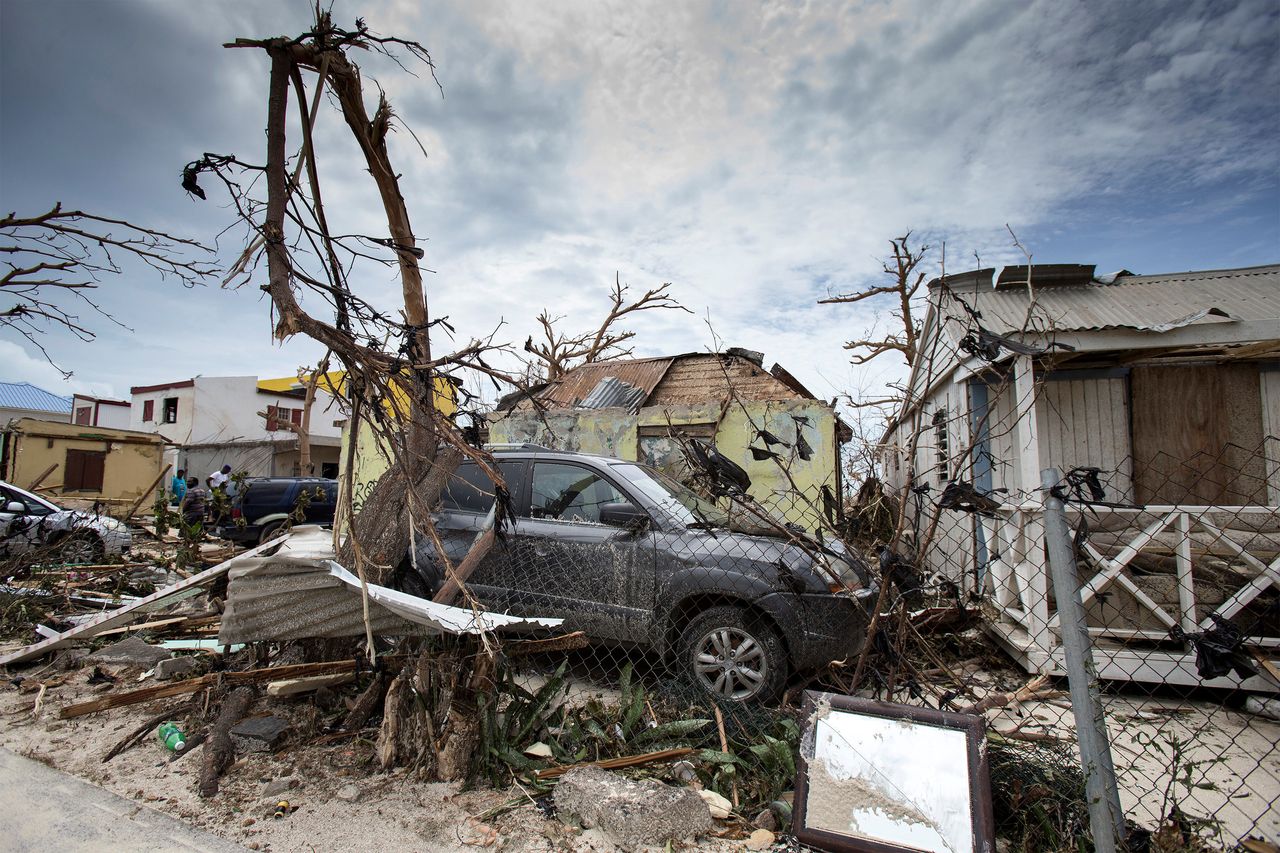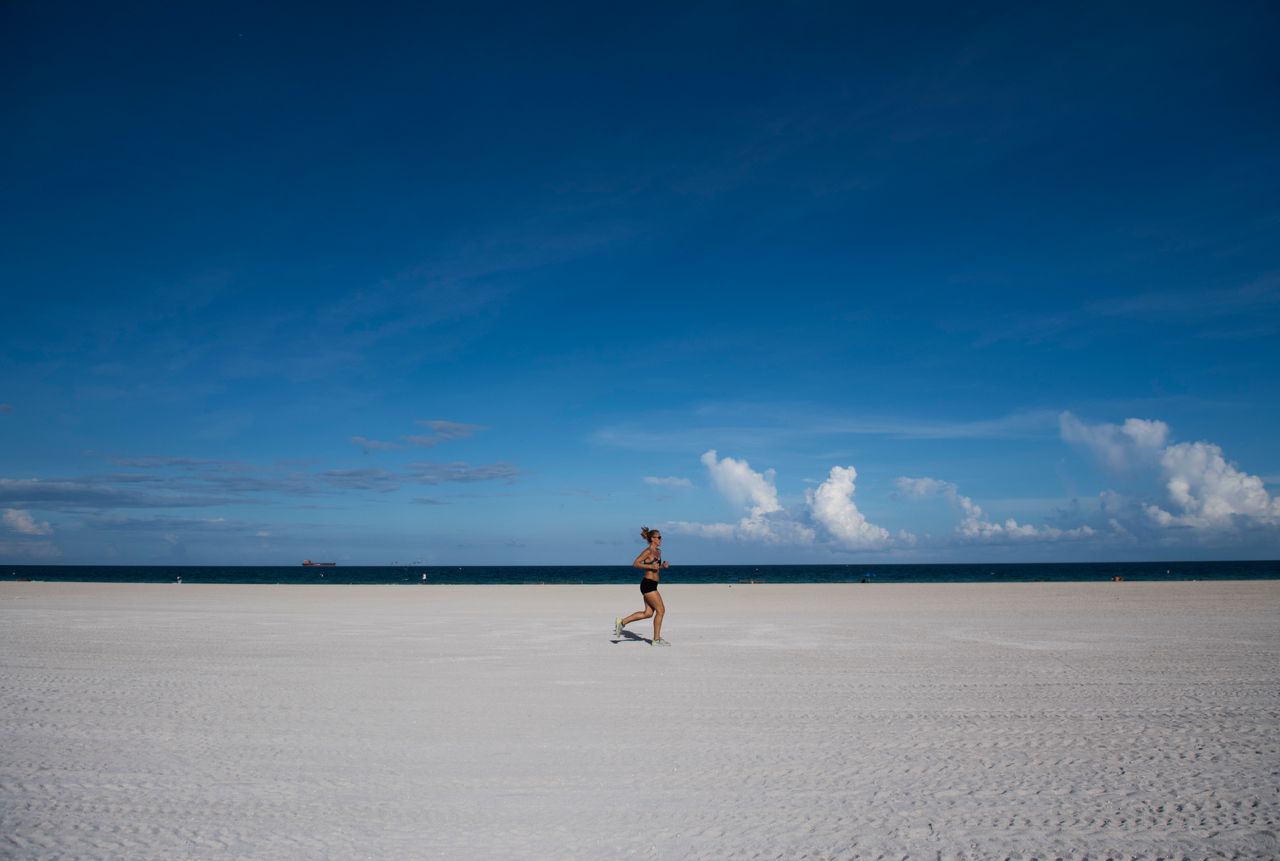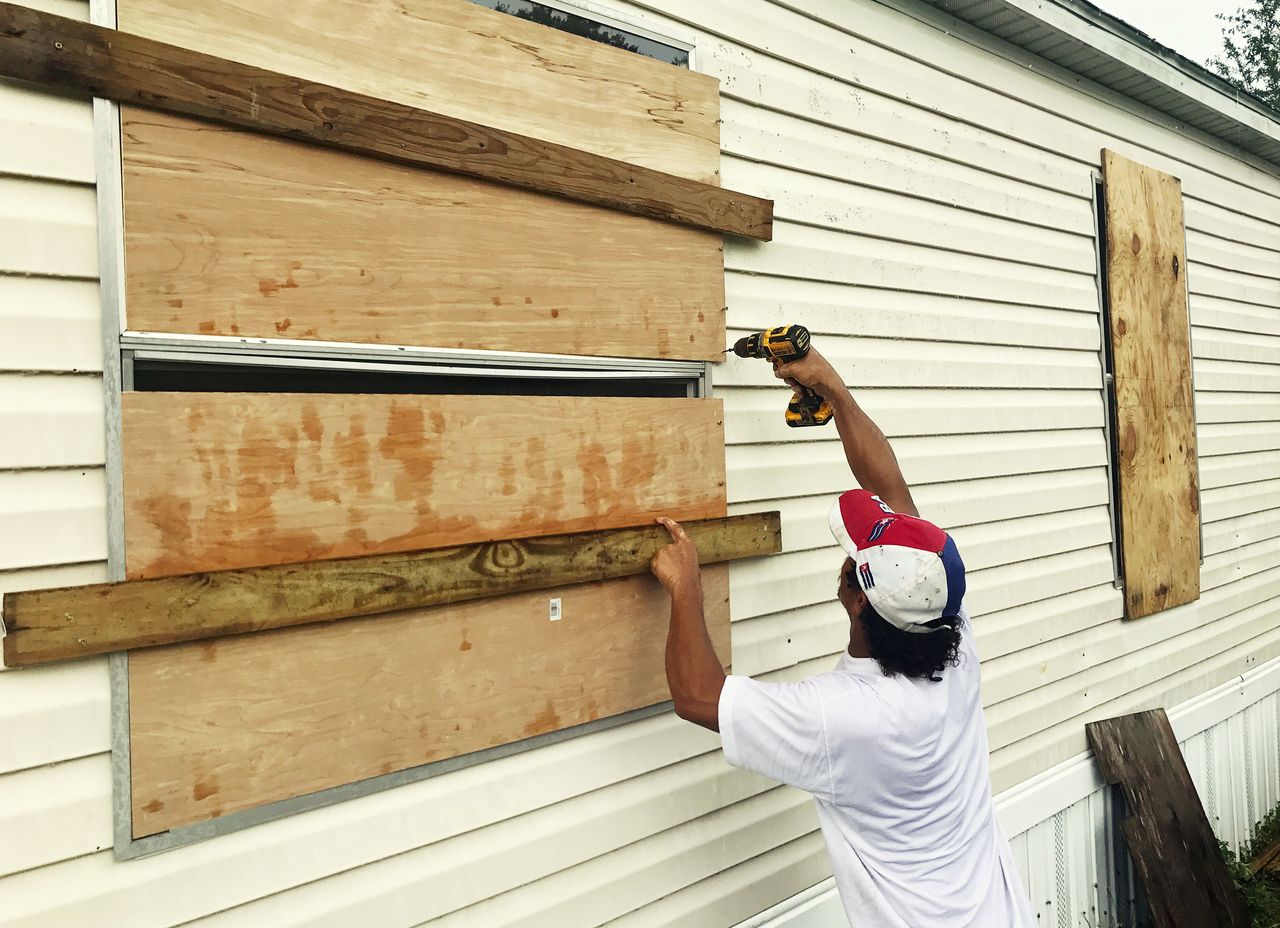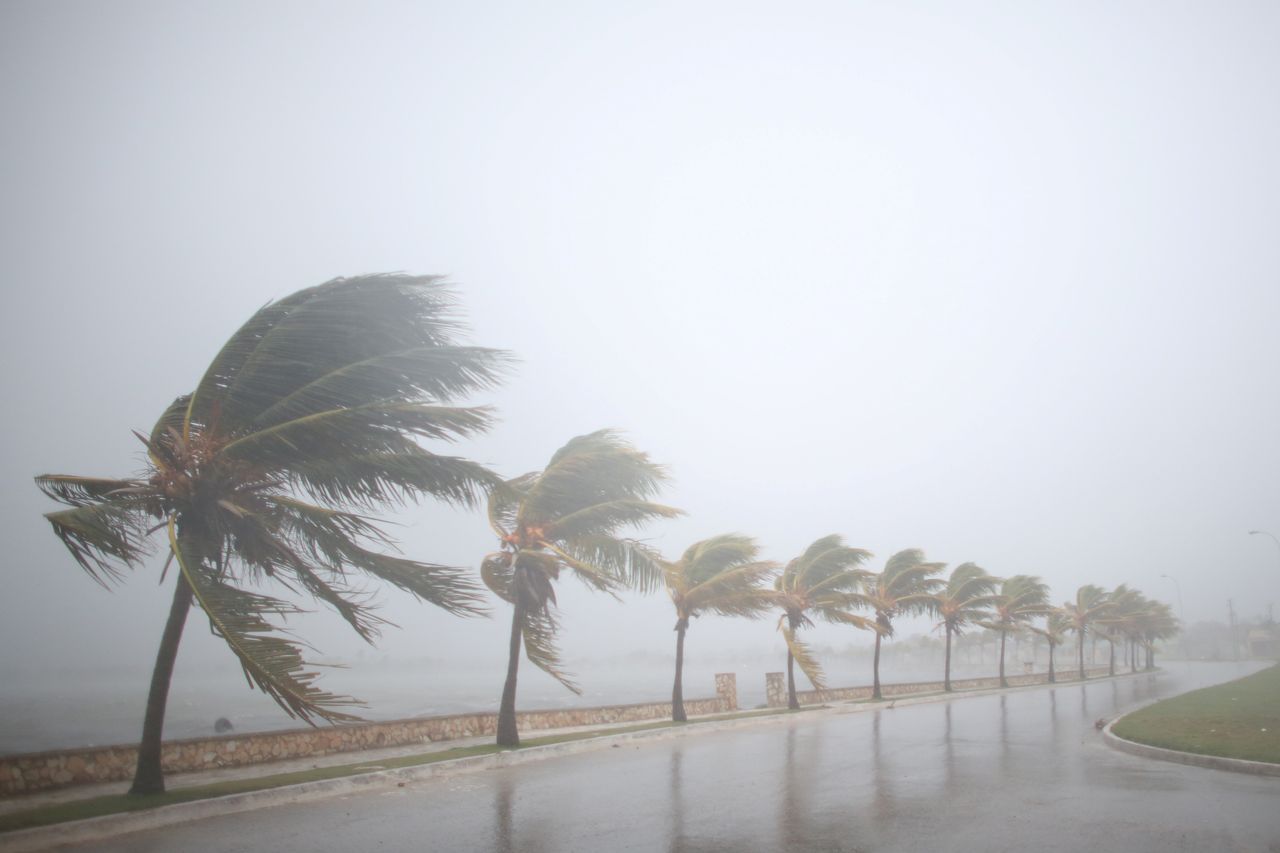Hurricane Irma has ravaged Cuba with tree-bending winds, lashing rain and huge waves on its deadly path to the US, while a second hurricane threatens the already-ravaged eastern Caribbean.
Irma - one of the fiercest Atlantic storms in a century - walloped Cuba’s northern coast early Saturday morning, thrashing Camaguey Archipelago with 160mph winds.
Meteorologists have warned that scenes of far greater destruction are likely to emerge as the Category 5 storm works westwards through the country’s Sancti Spiritus and Villa Clara, Reuters reported.
Since Tuesday, Irma has caused huge swathes of catastrophic destruction across the eastern Caribbean, killing at least 21 people and leaving thousands more homeless or without power.

Meanwhile, another Category 4 storm - Hurricane Jose - is currently following in Irma’s destructive wake towards many of the islands which have already been ravaged by extreme winds and flooding in recent days.
According to the National Hurricane Centre, despite surviving the wrath of Irma, residents of Barbuda, St Martin and the Virgin Islands could be faced with 150 mph winds from Hurricane Jose.
On Friday, the smaller, Category 1 storm Hurricane Katia also made landfall in Mexico, with extraordinary satellite images showing all three hurricanes moving across the region at once.
Hurricane Irma is currently around 275 miles south-southeast of Miami, the National Hurricane Centre reported, with the storm expected to hit Florida on Sunday morning.
Around 5.6 million people have been ordered to evacuate the state, with forecasters warning it will wreak massive damage from winds and flooding. Around 9 million people could also lose power - some for weeks - thanks to the storm.
However, evacuation efforts have been made more difficult due to clogged highways, fuel shortages and the challenge of moving older people.

The United States has been hit by only three Category 5 storms - the strongest kind of storms - since 1851. The Federal Emergency Management Agency (FEMA), has said that Irma is far larger than the last one, Hurricane Andrew which hit in 1992.
Florida governor Rick Scott told reporters: “We are running out of time. If you are in an evacuation zone, you need to go now. This is a catastrophic storm like our state has never seen.”
According to the Florida Division of Emergency Management, around a quarter of the state’s population have been ordered to leave Florida.

Meanwhile, mandatory evacuations of Georgia’s Atlantic coast and some of South Carolina’s barrier islands are due to begin today (Saturday). The states of Virginia and Alabama are also under states of emergency.
President Donald Trump called Irma “a storm of absolutely historic destructive potential” and told people to heed recommendations from government officials and law enforcement.
Irma comes just two weeks after the US was hit by the Category 4 storm Hurricane Harvey, which killed more than 60 people and caused around $180 billion of damage in Texas and Louisiana.
